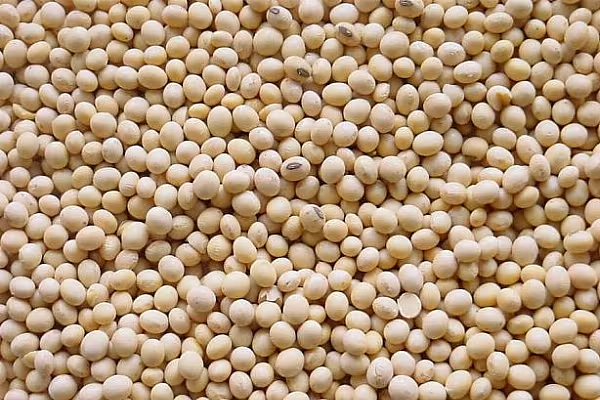Brazil’s next soybean crop, the world’s second-largest, is facing a challenge before farmers have even planted the first seeds in the ground.
That’s because weather forecasts for the next few weeks show there may not be enough rain to restore moisture levels in areas that struggled with drought in the previous season. Farmers may delay planting rather than risk lower yields by sowing the next crop this month. Aprosoja, a growers group in Mato Grosso state, said it’s advising them to wait until conditions are right, and that they must be more cautious compared with a year ago.
"After losing soybeans to drought in the past season, this is a decisive year," Endrigo Dalcin, the head of Aprosoja, said in telephone interview.
Timing is critical for Brazilian farmers who cultivate two crops in a year -- soybeans in the southern hemisphere summer and corn in the winter. Getting it wrong can be costly, a fact demonstrated by the Mato Grosso farmers who planted soybeans too early last year and had to replant the crop.
The recurrence of similar problems this year could threaten supplies from Brazil, the world’s top soybean exporter. The country’s output in the 2016-17 season may rise to a record 102 million metric tons, according to the average estimate of five analysts polled by Bloomberg. But the planted area is seen expanding by the least in a decade, the same survey shows, amid tighter farming margins, a credit shortage and higher prices for corn, which some farmers are switching to at the expense of soybeans this time around.
Soybean planting in Brazil usually starts in the second half of September and speeds up in October, a point in the calendar when some of the main producing regions, including Mato Grosso, are likely to face drier-than-normal conditions, according to Celso Oliveira, a meteorologist at Somar Meteorologia.
Rains have been seen in the past few weeks in the Center-West region, which includes Mato Grosso, and are expected throughout the first half of September, but after that they should resume only in the second part of October, Oliveira said in an interview. Such conditions may delay planting or even cause replanting. There’s also the risk of frost in the middle of September, when a cold front is expected to hit southern Brazil, he said.
To be sure, meteorologists such as Alexandre Nascimento at Climatempo don’t see conditions this season being quite as bad as they were a year ago. Brazil’s soybean growers lost as much as 6.6 million tons of production last season due to drought, with the 2015-16 crop falling 0.8 percent and ending up trailing initial estimates, according to the state-owned crop-forecasting agency Conab.
Looking months ahead to when the soybeans need to be harvested, forecasters see the possibility of excessive rain in the Center-West, a typical feature of the La Niña weather phenomenon -- although the U.S. Climate Prediction Center said Thursday La Niña probably won’t materialize later this year. Such heavy showers may affect bean quality, delay the harvest and retard winter-crop planting, Oliveira said.
News by Bloomberg, edited by ESM. To subscribe to ESM: The European Supermarket Magazine, click here.














